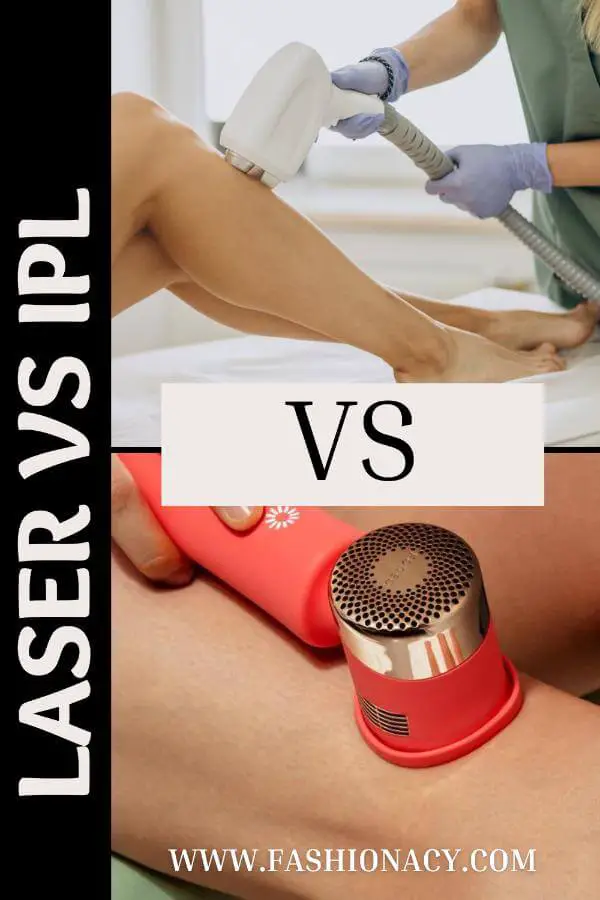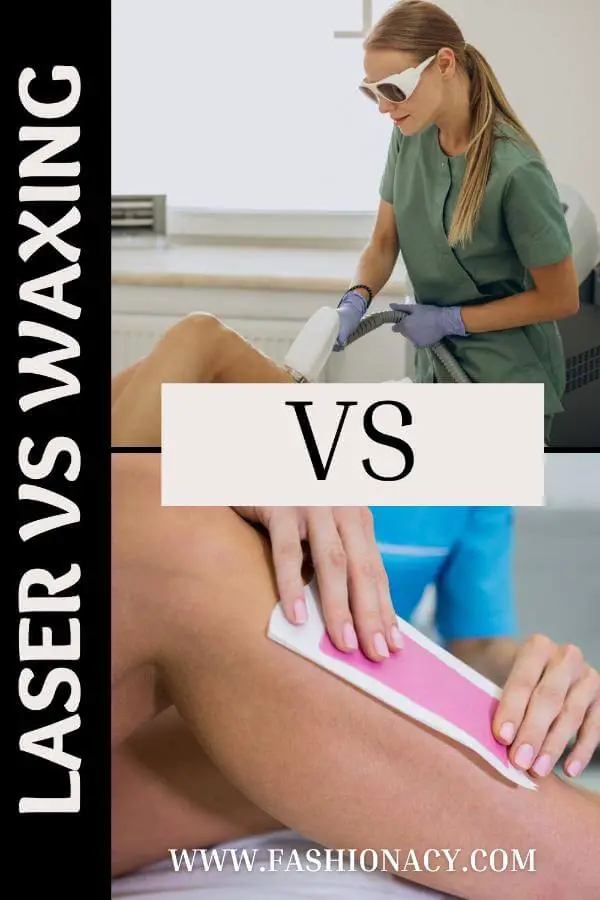
In the quest for smooth, hair-free skin, numerous hair removal methods vie for supremacy.
Among them, laser hair removal stands out for its promise of long-lasting results.
But how does it compare to other popular methods like IPL, waxing, razors, electrolysis, and shaving?
This article delves into the nuances of each method, exploring their effectiveness, pros, cons, and suitability for different skin and hair types.
Laser vs. IPL

How They Work
Laser hair removal uses a concentrated beam of light that targets the pigment (melanin) in the hair follicles. This light is absorbed, converted into heat, and ultimately damages the follicle, inhibiting future hair growth. Intense Pulsed Light (IPL) technology, on the other hand, uses a broad spectrum of light wavelengths. While IPL also targets melanin, its light is less focused than laser, making it suitable for a broader range of applications beyond hair removal, such as skin rejuvenation.
Effectiveness
Laser hair removal is generally more effective than IPL, particularly for individuals with darker hair and lighter skin. The concentrated light of the laser can penetrate deeper, making it more efficient at destroying hair follicles. IPL, while effective, may require more sessions to achieve similar results and is typically less effective on very light or very dark skin.
Pros and Cons
Laser Hair Removal:
- Pros: More precise, fewer sessions required, suitable for a wider range of hair types.
- Cons: Typically more expensive, may cause discomfort.
IPL:
- Pros: Can treat larger areas, often cheaper per session, multifunctional.
- Cons: Less effective on certain hair and skin types, may require more sessions.
Laser vs. Waxing

How They Work
Waxing involves applying a sticky substance to the skin and then quickly removing it, pulling hair out from the root. This method can be done with warm or cold wax and is suitable for most body areas.
Effectiveness
Laser hair removal offers more permanent results compared to waxing. While waxing removes hair from the root, it doesn’t affect the hair follicle, meaning hair will eventually grow back. Laser hair removal, by targeting the follicle, can significantly reduce hair regrowth over time.
Pros and Cons
Laser Hair Removal:
- Pros: Long-term hair reduction, less frequent maintenance.
- Cons: Higher initial cost, requires professional equipment and training.
Waxing:
- Pros: Immediate results, can be done at home or professionally, exfoliates the skin.
- Cons: Painful, can cause irritation and ingrown hairs, temporary results.
Laser vs. Razor

How They Work
Using a razor involves cutting hair at the skin’s surface with a sharp blade. This method is quick, easy, and inexpensive, making it one of the most common hair removal techniques.
Effectiveness
Laser hair removal outperforms razors in terms of long-term effectiveness. Shaving merely trims the hair, leading to rapid regrowth, often within a day or two. Conversely, laser treatments can significantly reduce hair growth, resulting in smoother skin for extended periods.
Pros and Cons
Laser Hair Removal:
- Pros: Long-lasting results, reduced hair density over time.
- Cons: More costly, requires multiple sessions.
Razor:
- Pros: Quick, easy, cost-effective.
- Cons: Short-term results, risk of cuts and irritation, daily maintenance needed.
Laser vs. Electrolysis

How They Work
Electrolysis uses an electric current to destroy hair follicles individually. A fine probe is inserted into the hair follicle, and an electrical current is applied to destroy the follicle, preventing future hair growth.
Effectiveness
Both laser hair removal and electrolysis offer long-term hair reduction, but electrolysis is often considered more permanent as it can treat all hair and skin types. However, electrolysis can be more time-consuming since each hair follicle is treated individually.
Pros and Cons
Laser Hair Removal:
- Pros: Faster treatment times, suitable for larger areas.
- Cons: May not work well on very light or very fine hair, less effective on darker skin tones.
Electrolysis:
- Pros: Permanent hair removal, works on all hair and skin types.
- Cons: Time-intensive, can be uncomfortable, may require many sessions.
Laser vs. Shaving

How They Work
Shaving is similar to using a razor, where a blade is used to cut hair at the skin’s surface. Shaving can be done with manual razors or electric shavers and is a quick method for removing hair.
Effectiveness
While shaving offers immediate results, it is the least effective in terms of longevity. Hair grows back quickly, often within a day or two, necessitating frequent upkeep. Laser hair removal provides a more lasting solution by targeting and damaging hair follicles.
Pros and Cons
Laser Hair Removal:
- Pros: Long-term hair reduction, smoother skin over time.
- Cons: Higher cost, requires professional treatment.
Shaving:
- Pros: Fast, easy, inexpensive.
- Cons: Short-term results, risk of nicks, irritation, and ingrown hairs, frequent maintenance required.
Conclusion
When choosing a hair removal method, it’s essential to consider your personal needs, budget, pain tolerance, and the desired longevity of results. Laser hair removal stands out for its long-term effectiveness and reduced hair growth over time, though it comes with higher upfront costs and the need for professional treatment.
Other methods like IPL, waxing, razors, electrolysis, and shaving each have their unique benefits and drawbacks, making them suitable for different situations and preferences. By understanding the differences, you can select the method that best fits your lifestyle and hair removal goals.




